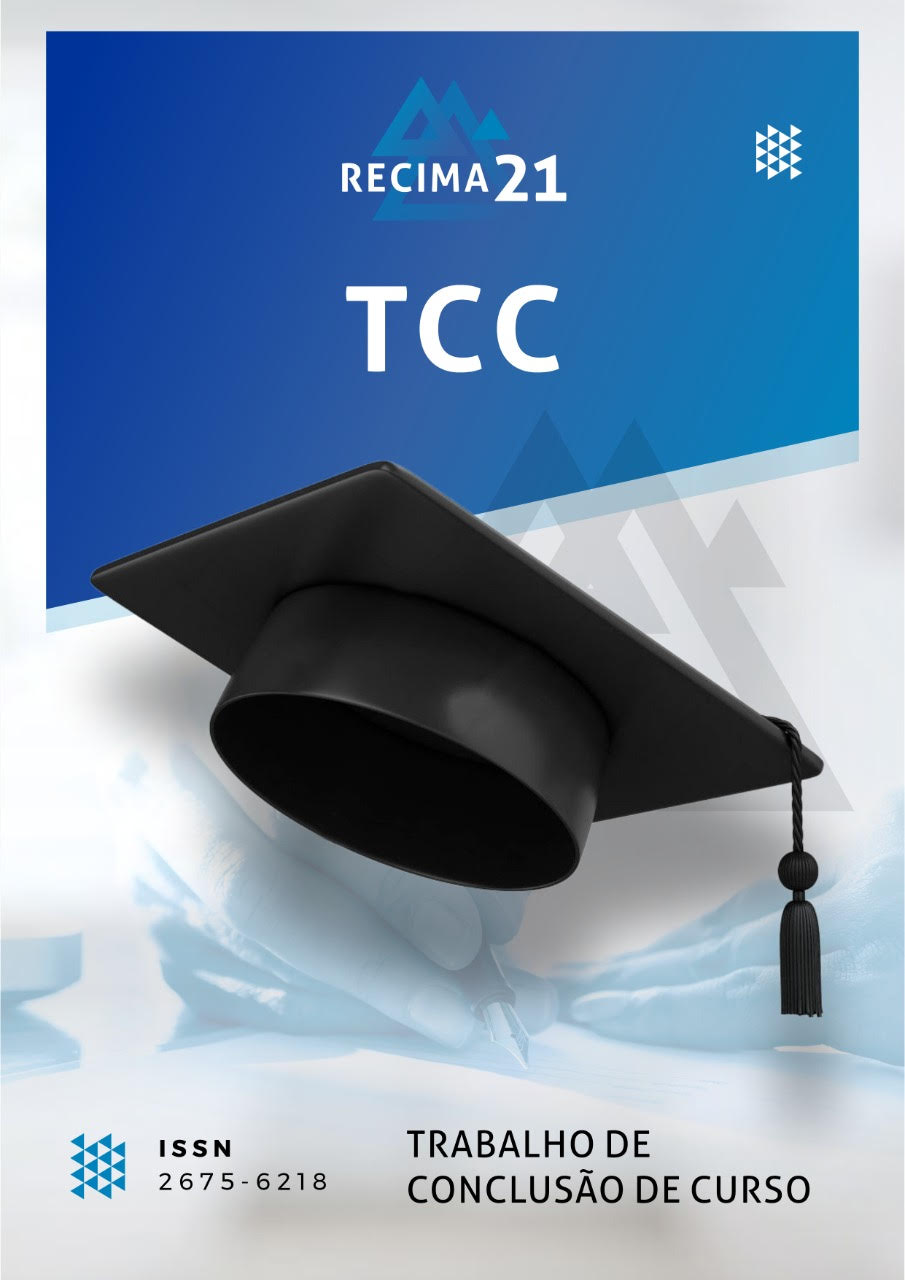EXPLORANDO LOS ORÍGENES DE LA SEGREGACIÓN ACADÉMICA ENTRE HUMANIDADES Y CIENCIAS: TEORÍA ACTOR-RED APLICADA A LA BIFURCACIÓN DE LA NATURALEZA EN LA HISTORIA DE LA EDUCACIÓN
DOI:
https://doi.org/10.47820/recima21.v5i1.5159Palabras clave:
Bifurcación de la Naturaleza, Historia de la Educación, Teoría del Actor-Red.Resumen
Preocupado por la capacidad de la academia para colaborar con los Objetivos de Desarrollo Sostenible, necesariamente interdisciplinarios, y considerando la denuncia de C.P. Snow de que la academia sería disciplinada en dos culturas, este trabajo parte del concepto de Bifurcación de la Naturaleza para trazar una referencia historiográfica de la segregación entre las humanidades y las ciencias entre los siglos XVII y XIX. Se elaboran 3 mapas de actores que clarifican aspectos, presentan novedades y sirven de base para nuevas investigaciones sobre la segregación entre las culturas educativas de las humanidades y las ciencias.
Descargas
Citas
AMERICAN ACADEMY OF ARTS AND SCIENCES. The Hundred Most Influential Books Since the War. Bulletin of the American Academy of Arts and Sciences, v. 49, n. 8, p. 12–18, 1996. Disponível em: https://doi.org/10.2307/3824697. DOI: https://doi.org/10.2307/3824697
BAKER, E. B. A. Crafting qualitative research questions: A prequel to design. SAGE Publications, 2021. DOI: https://doi.org/10.4135/9781071938935
BOUTERSE, Jeroen; KARSTENS, Bart. A Diversity of Divisions: Tracing the History of the Demarcation between the Sciences and the Humanities. Isis, v. 106, n. 2, p. 341-352, 2015. DOI: https://doi.org/10.1086/681995
BUEGER, C.; STOCKBRUEGGER, J. Actor-network theory. In: Technology and world politics: An introduction. Abingdon: Routledge, 2017. p. 42-59. DOI: https://doi.org/10.4324/9781317353836-3
CALLON, M. Actor Network Theory. In: International Encyclopedia of the Social & Behavioral Sciences, 2001. E-book. p. 62-66. DOI: https://doi.org/10.1016/B0-08-043076-7/03168-5
DETEL, W. Social Constructivism. In: International Encyclopedia of the Social & Behavioral Sciences, 2001. E-book. p. 14264-14267. DOI: https://doi.org/10.1016/B0-08-043076-7/01086-X
EICHMANN, Klaus. The network collective: Rise and fall of a scientific paradigm. [S. l.]: Springer Science & Business Media, 2008.
ENCYCLOPEDIA OF SCIENCE AND RELIGION. Science Wars. Encyclopedia.com, 18 sep. 2023. Disponível em: https://www.encyclopedia.com/education/encyclopedias-almanacs-transcripts-and-maps/science-wars
FONSECA, J. J. S. Metodologia da pesquisa científica. Fortaleza: UEC, 2002. Apostila.
GIL, A. C. Como elaborar projetos de pesquisa. São Paulo: Atlas, 2007.
HATCH, J. A. Deciding to do a Qualitative Study. In: Doing qualitative research in education settings. Nova Iorque: State University of New York Press, 2002. p. 1-35.
HOGAN, Andrew J. The “two cultures” in clinical psychology: Constructing disciplinary divides in the management of mental retardation. Isis, v. 109, n. 4, p. 695-719, 2018. DOI: https://doi.org/10.1086/701062
IBGE. 2023. Disponível em: https://odsbrasil.gov.br/home/agenda
KIMBLE, Gregory A. Psychology's two cultures. American psychologist, v. 39, n. 8, p. 833, 1984. DOI: https://doi.org/10.1037//0003-066X.39.8.833
KRÄMER, Fabian. Shifting demarcations: an introduction. History of Humanities, v. 3, n. 1, p. 5-14, 2018. DOI: https://doi.org/10.1086/696298
MACIEL, O. S. R. D. Três vias introdutórias à Ontologia Orientada a Objetos de Graham Harman. Anãnsi: Revista de Filosofia, [S. l.], v. 4, n. 1, p. 144–173, 2023. Disponível em: https://itacarezinho.uneb.br/index.php/anansi/article/view/18304.
MASSEY, Walter E. CP Snow and the two cultures, 60 years later. European Review, v. 27, n. 1, p. 66-74, 2019. Disponível em: https://www.cambridge.org/core/journals/european-review/article/cp-snow-and-the-two-cultures-60-years-later/8A1C5EE52CE8AC2F6E2B963535599AFF. Acesso em: 17 set. 2023. DOI: https://doi.org/10.1017/S1062798718000595
MATOS, K. S. L.; VIEIRA, S. L. Pesquisa Educacional: o prazer de conhecer. Fortaleza: Edições Demócrito Rocha, 2001.
MERMIN, N. David. Science wars revisited. Nature, v. 454, p. 276–277, 2008. Disponível em: https://doi.org/10.1038/454276a. DOI: https://doi.org/10.1038/454276a
ONU-BRASIL. 2023. Disponível em: https://brasil.un.org/pt-br/sdgs
ONU-BRASIL. 2023ª. Disponível em: https://brasil.un.org/pt-br/sdgs/2
OSELIERI RAEDER, Sávio Túlio; MIRANDA MENEZES, Patrícia. A relação entre interdisciplinaridade e a implementação da Agenda 2030. Parcerías Estratégicas, v. 24, n. 49, 2019.
PRIBERAM. Academia. [S. l.]: Priberam, 2023. Disponível em: https://dicionario.priberam.org/academia
PROCTOR, J. Mapping Actors and Processes. [S. l.]: Lewis & Clark College, 2023. Disponível em: https://jimproctor.us/envs/mapping-actors-processes/. Acesso em: 05 set. 2023.
QUEIROZ E MELO, M. de F. A. de. Mas de onde vem o Latour?. Pesquisas e Práticas Psicossociais, São João Del-Rei, v. 2, n. 2, fev. 2008.
RHEINBERGER, Hans-Jörg. Culture and Nature in the Prism of Knowledge. History of Humanities, v. 1, n. 1, p. 155-181, 2016. DOI: https://doi.org/10.1086/685064
TIMMONS, William Todd. Older than Snow: The" Two Cultures" and the" Yale Report" of 1828. In: Forum on Public Policy Online. Oxford Round Table. 406 West Florida Avenue, Urbana, IL 61801, 2007.
VAN DER TUIN, Iris. “Without an analytical divorce from the total environment”: Advancing a Philosophy of the Humanities by reading Snow and Whitehead Diffractively. Humanities, v. 3, n. 2, p. 244-263, 2014. DOI: https://doi.org/10.3390/h3020244
Descargas
Publicado
Cómo citar
Número
Sección
Categorías
Licencia
Derechos de autor 2024 RECIMA21 - Revista Científica Multidisciplinar - ISSN 2675-6218

Esta obra está bajo una licencia internacional Creative Commons Atribución 4.0.
Os direitos autorais dos artigos/resenhas/TCCs publicados pertecem à revista RECIMA21, e seguem o padrão Creative Commons (CC BY 4.0), permitindo a cópia ou reprodução, desde que cite a fonte e respeite os direitos dos autores e contenham menção aos mesmos nos créditos. Toda e qualquer obra publicada na revista, seu conteúdo é de responsabilidade dos autores, cabendo a RECIMA21 apenas ser o veículo de divulgação, seguindo os padrões nacionais e internacionais de publicação.













